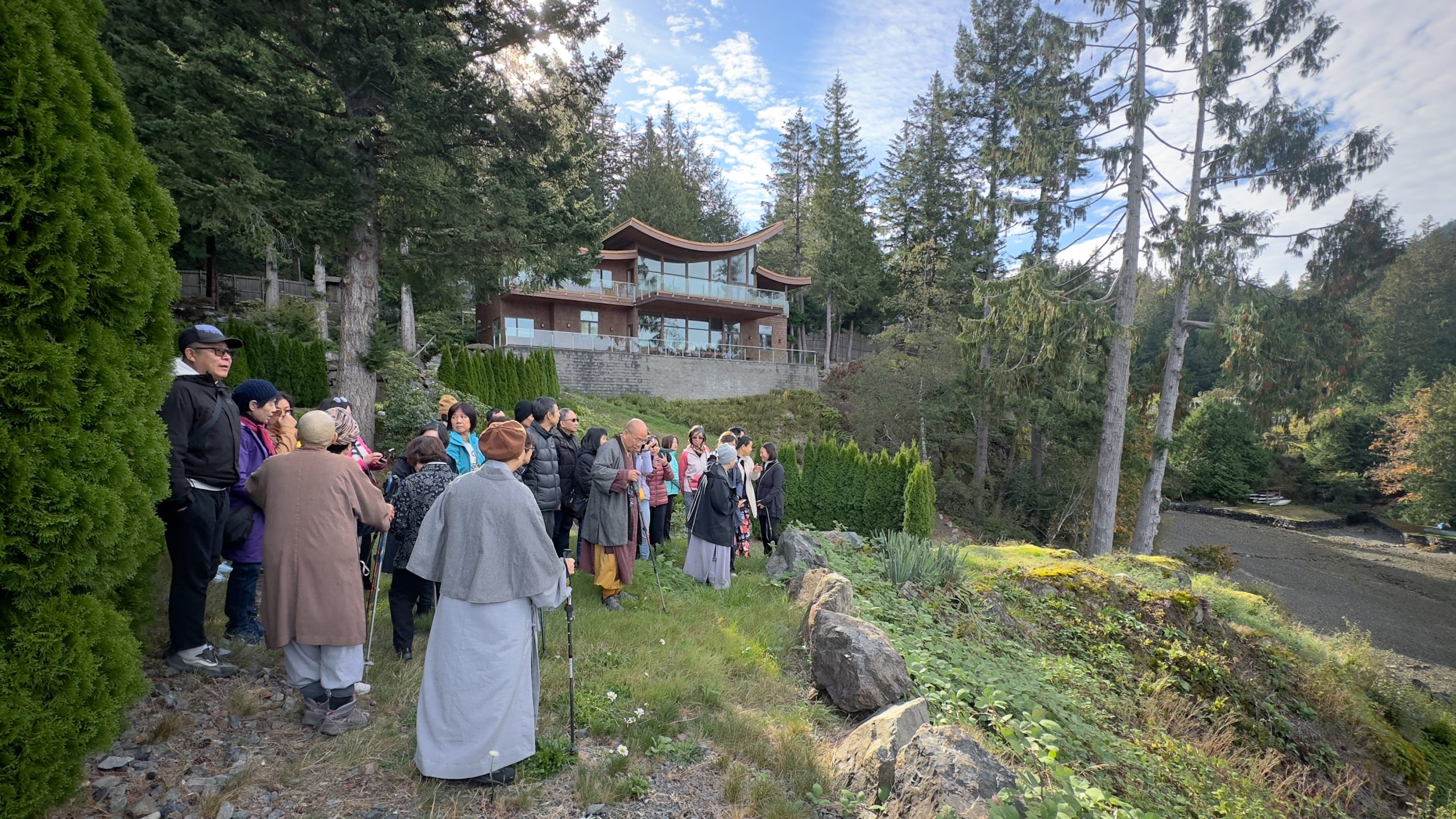What Comes After Refuge:
A Personal Journey Through Karma and Interconnectedness
Author:Virginia Cheng
Before taking refuge, many of us, myself included, would regularly engage in practices like chanting without fully understanding the depth behind these rituals. It was more about habit than insight. We sought comfort in the familiar, but often without truly knowing the deeper principles that underpin Buddhist practice.
After taking refuge, a common question arises: What’s next? We might assume that after taking this step, the path will become clear. However, this is just the beginning of a much more profound journey. The initial refuge is a gateway, the first step of many that lead to self-discovery and understanding. Each step uncovers new dimensions of practice and reflection.
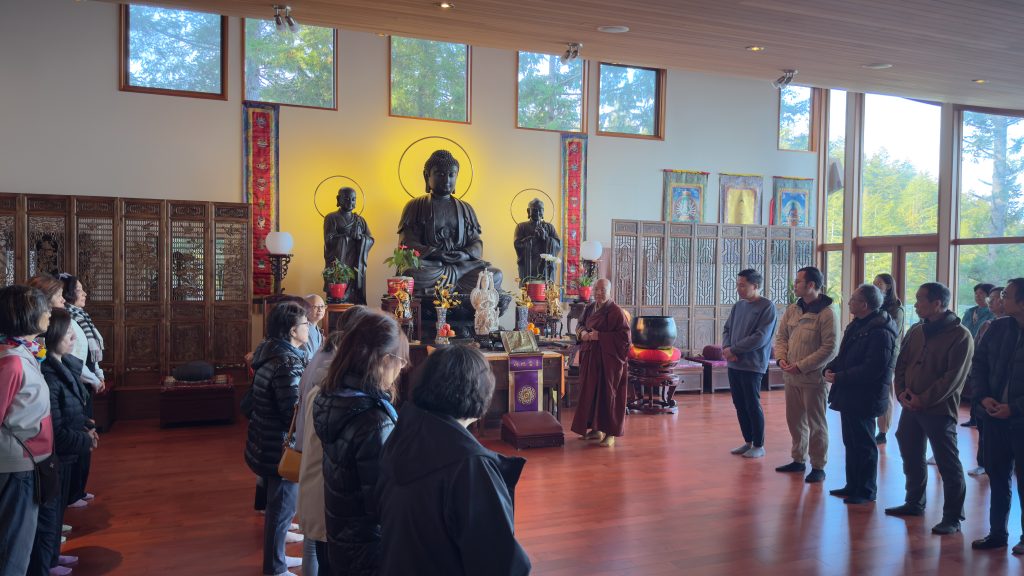
One of the biggest revelations I’ve had during the Introductory Buddhism Class—where foundational Buddhist teachings are introduced, yet explored with depth—was how it addresses the recurring question we all have: “Why me?” or even “Why not me?” We often dwell on the injustices we perceive in our lives when we feel wronged or unfairly treated. It’s easy to focus on the negative and forget about the moments when life has worked in our favor. We rarely acknowledge when we have been lucky, fortunate, or privileged. Buddhism, however, challenges us to look beyond this one-sided view, encouraging a more balanced and reflective understanding.
The concept of karma provides a framework for answering the “Why me?” question. Karma teaches that our present circumstances are shaped by our past actions—both in this life and previous ones. Every action has consequences, whether we are aware of them or not. This broader perspective helps explain why we experience both fortune and misfortune in life, helping us understand that our current situation is a result of causes we ourselves have set in motion.
Adding to this understanding is the concept of the Twelve Links of Dependent Origination, a core theory in Buddhism that explains the roots of suffering and the cycle of rebirth. It illustrates how life begins with ignorance, leading to a chain of conditions that result in birth, aging, sickness, and death. The twelve links—starting from ignorance and culminating in aging and death—reveal the interconnectedness of our actions, thoughts, and choices. This understanding deepens our insight into the causal relationships in our lives, showing us that every action and decision profoundly affects our future experiences.
The principle of Dependent Origination illustrates how one thing leads to another, resulting in the outcomes we see in our lives. This interconnectedness goes beyond personal beliefs, reflecting a universal truth that governs all existence. It shows that everything arises due to specific conditions, and nothing exists independently. In this sense, the experiences we encounter—whether positive or negative—are part of a much larger cosmic truth that unfolds naturally.
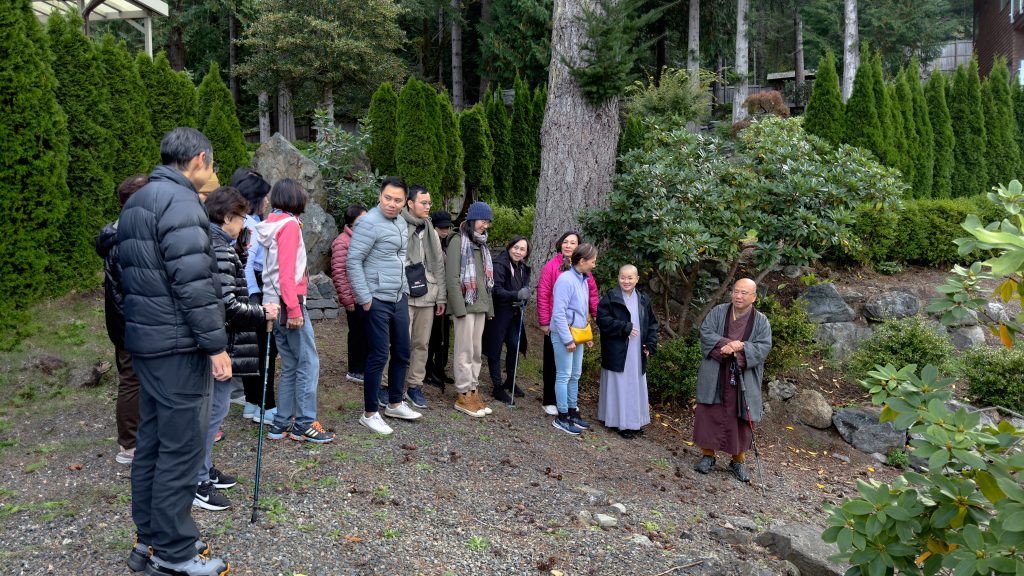
In the end, this journey is ongoing. Every question—whether “Why me?” or “What’s next?”—is part of a continuous process of learning, self-discovery, and growth.
This class has not only provided a strong foundation in Buddhist teachings but has also offered practical ways to apply these practices to daily life. It’s about more than just learning history or theory; it’s about seeing how concepts like karma and Dependent Origination can change how we view our own experiences. By recognizing the interconnectedness of all things, we begin to accept both the challenges and rewards of life with greater equanimity.

Hearing the True Dharma
– Reflections on the Introductory Buddhism Class
Author: Edmond Ho
(Translated by Tony Qin)
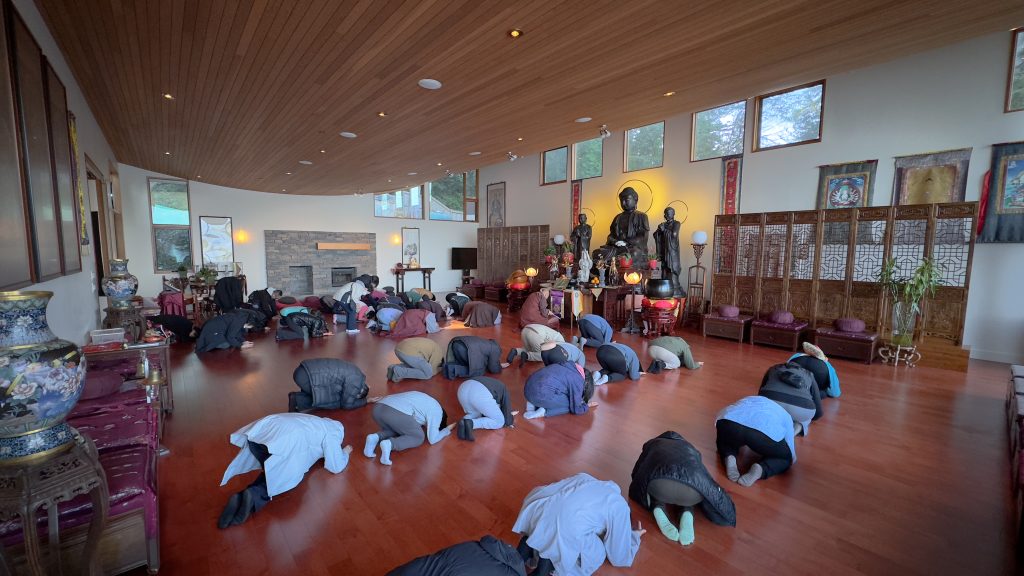
The Flower Garland Sutra says, “Without someone to teach the Dharma, even bright disciples can fail to grasp it.”
The Buddha’s teachings are so vast and profound that, no matter how intelligent or wise the student, they still need a good teacher to point them in the right direction
As Confucius said in the Analects, “Learning without reflection leads to confusion, and reflection without learning is dangerous.”
When it comes to studying the Dharma, we must “Listen, Contemplate, and Practice.” We need to reflect on and practice what we’ve learned to make progress on the path to enlightenment. Buddhism emphasizes both faith and wisdom, and the ultimate goal of the Fourfold Path: “Faith, Understanding, Practice, and Realization” is precisely to put truth into practice. That is why studying without practice would be like talking about food without eating it, and counting treasures one doesn’t possess.
The Great Treasure Heap Sutra says, “Cultivating only merit without wisdom is like putting a fine necklace on an elephant; cultivating only wisdom without merit is like being stingy when offering to a great Arhat.”
On the path to enlightenment, cultivating both merit and wisdom is essential. They are like the two wings of a bird, and without the wing of wisdom, one cannot transcend birth and death.
At its core, Buddhism is about learning from the Buddha. Temples have always been places of learning, dedicated to spreading the Dharma and enlightening all sentient beings. Rituals like reciting sutras and performing repentance ceremonies are entryways into the Dharma, inviting people from all walks of life into the Buddha’s refuge. By listening to the Dharma and absorbing its teachings, we can develop the Buddha’s wisdom. Then, through reflection and practice, we can understand the truth and apply it to our lives, moving us closer to liberation. That’s why reciting sutras without grasping their meaning would be like studying a map without knowing the destination, and performing repentance ceremonies without a deeper understanding would only be cultivating merit without wisdom.
I took refuge in the Three Jewels in 2004, and twenty years have passed in what feels like the blink of an eye. Back then, many were teaching the Dharma, but Venerable Guan Cheng, the Abbot of the International Buddhist Temple, truly stood out as an exceptional teacher. I was fortunate to hear many of his teachings, and they have made a lasting impression on me. I can still vividly recall his discourses on Karma and Samsara, the Kṣitigarbha Bodhisattva Sutra, the Sutra of the Eight Realizations of the Great Beings, and the Treatise on Rebirth. I have gained so much from these teachings, and they helped me build a strong foundation in the Buddha’s Dharma.
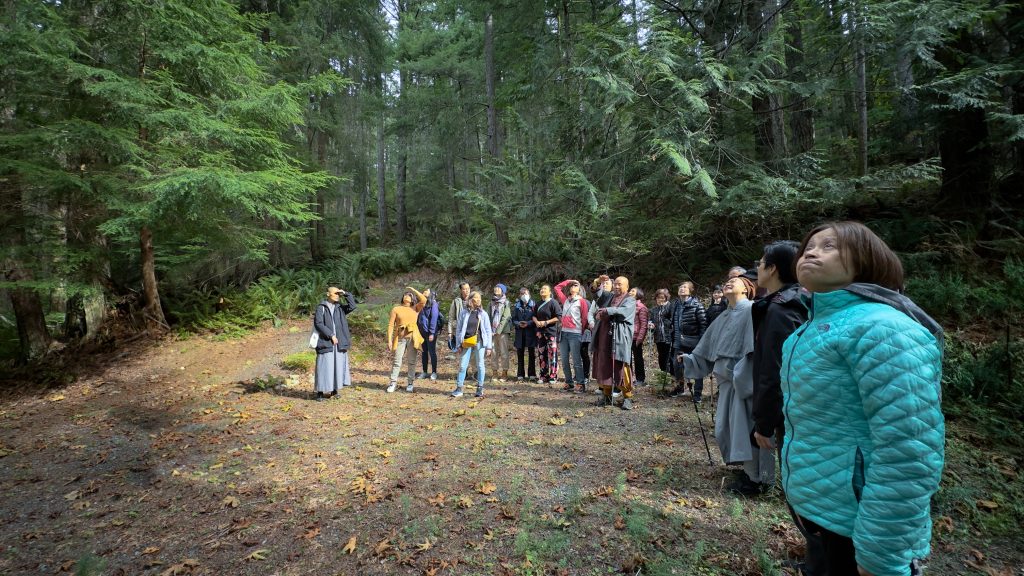
Some people who have studied Buddhism for years may think that the “Introductory Buddhism Class” is just for beginners and lose interest. But what they don’t realize is that these classes are an excellent opportunity to review and gain new insights. A simple reminder or a single question from the teacher could spark a more profound realization. The benefits can come in the most unexpected ways! It is important to remember that seeking the Dharma requires reverence, and the journey begins with humility—because arrogance invites loss, while humility brings growth.
Without the guidance of wise teachers, it is hard for our innate Buddha-nature to awaken. Encountering the true Dharma isn’t easy. So, I want to express my deepest gratitude to Venerable Master Guan Cheng for organizing this class, to Venerable Shan Hu and Venerable Shan Hui for their dedicated preparation and teachings, and to all the other venerable teachers and volunteers—thank you so much for making this class possible!

